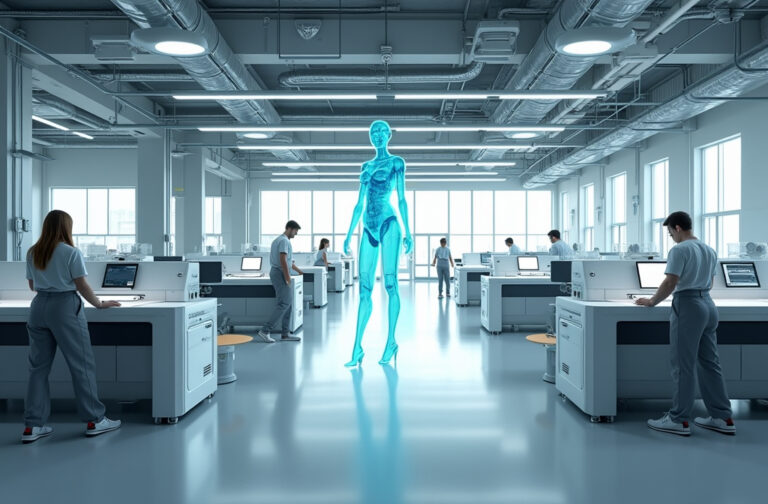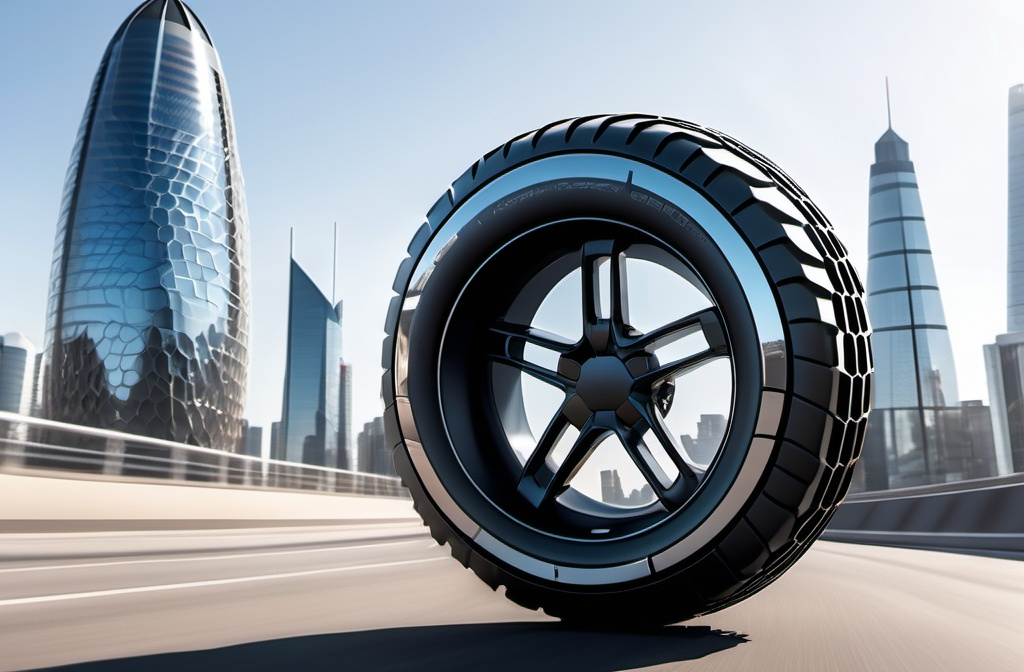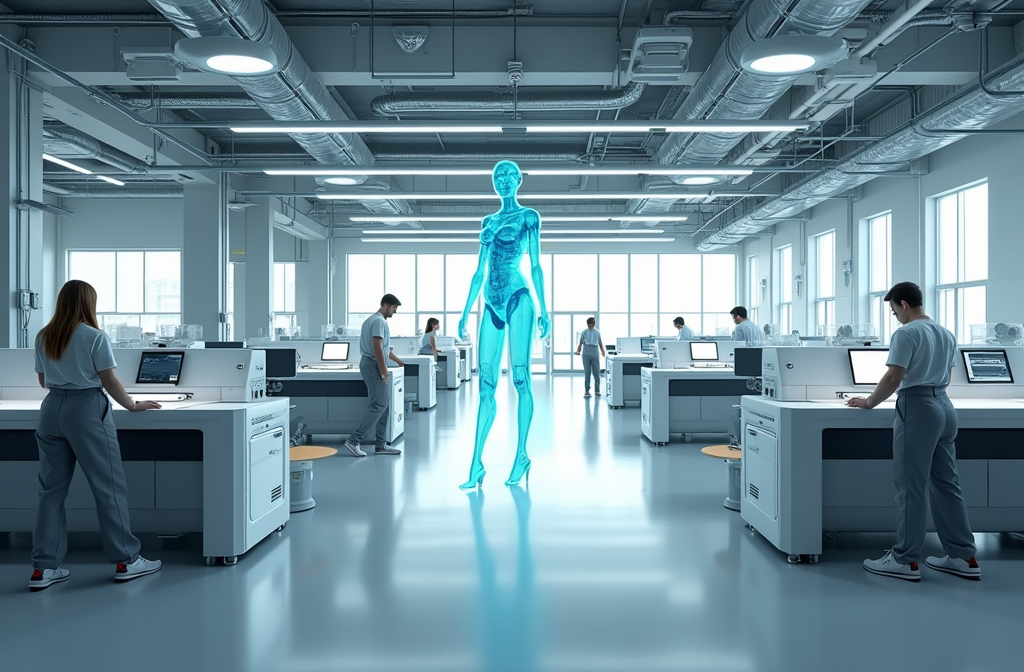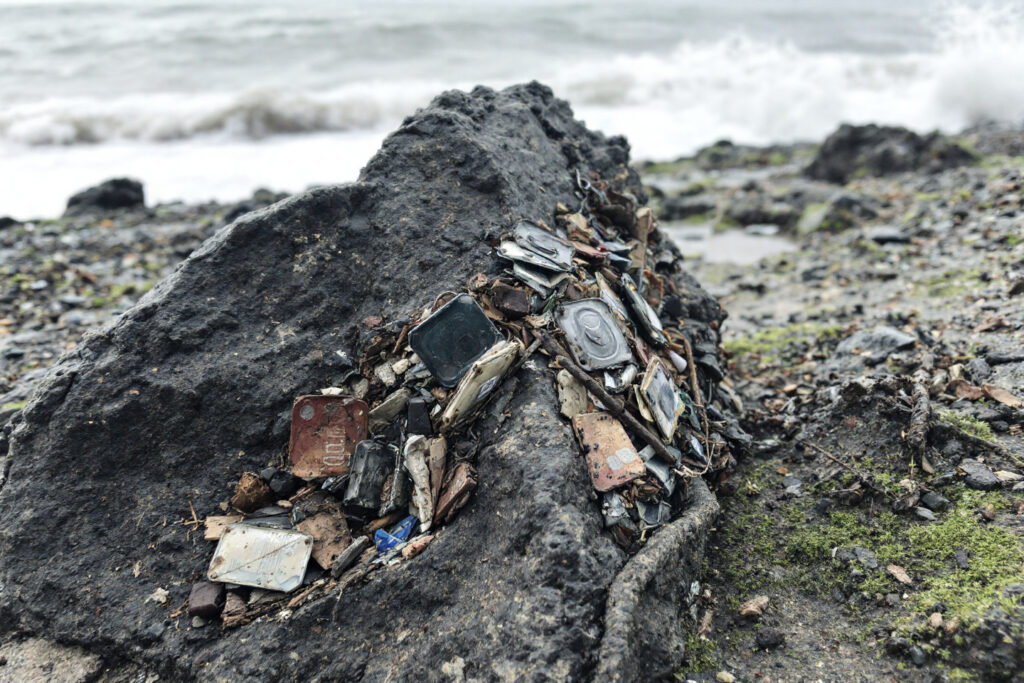Introduction: Building on the Moon Requires New Solutions
As humanity moves closer to establishing a permanent presence on the Moon, researchers are racing to develop building materials that can survive its harsh environment. A promising breakthrough comes from a study investigating Microbially Induced Calcium Carbonate Precipitation (MICP) as a way to repair sintered bricks made from Lunar Highland Simulant-1 (LHS-1).
Instead of hauling tons of building supplies from Earth, this method leverages local lunar resources—and even bacteria—to heal cracked bricks and extend their lifespan. Let’s dive into how this groundbreaking technique could be key to constructing sustainable lunar habitats.
Why Lunar Bricks Need Repair
Sintered bricks, made by heating lunar soil simulant at high temperatures, offer strong construction material with compressive strength around 50 MPa. However, the Moon’s surface presents brutal conditions: temperature swings from 224°F to -298°F, micrometeorite bombardments, and no atmosphere for protection.
Researchers simulated structural failures by embedding holes, V-shaped notches, and semi-circular notches into these bricks. Not surprisingly, these modifications weakened the bricks significantly. A solution was needed—and that’s where MICP came in.
What is MICP?
Microbially Induced Calcium Carbonate Precipitation (MICP) uses special bacteria like Sporosarcina pasteurii to precipitate calcium carbonate—essentially, limestone—by breaking down urea. This natural process forms mineral deposits that can seal cracks, bond particles, and reinforce construction materials. It’s a low-energy, sustainable alternative to traditional concrete and could become a vital tool in space construction.
The Repair Process: Healing Moon Bricks with Bacteria
Scientists filled the holes and notches in the weakened lunar bricks with an MICP-based slurry, combining:
- Lunar Highland Simulant-1 (LHS-1)
- Bacterial cultures
- Urea
- Calcium lactate
- Guar gum as a natural binder
After incubating and drying the treated bricks, the results were remarkable:
- Compressive strength improved by 28%–55%, depending on the type of cavity.
- Scanning Electron Microscopy (SEM) showed strong bonding between the filler and the original brick material.
- Digital Image Correlation (DIC) tracked crack propagation, confirming that cracks often traveled through the filler itself, not just along the filler-brick interface—evidence of robust adhesion.
Why This Matters for Future Lunar Bases
- Sustainability: Repairing bricks in place means fewer materials need to be transported from Earth.
- Resource Utilization: MICP uses lunar soil and potentially local water or bio-derived supplements like guar gum in the future.
- Energy Efficiency: This biological repair method requires far less energy than resintering or replacing bricks.
- Long-Term Infrastructure: Stronger, self-repairing structures are crucial for human survival in space colonies.
Challenges and the Road Ahead
While MICP repairs restored much of the strength, they didn’t fully match the original bricks. Also, MICP via the ureolysis pathway produces ammonia, which could pose environmental and engineering challenges. Future research is needed to:
- Optimize microbial cultures for space environments
- Address ammonia management
- Test long-term durability under lunar conditions (vacuum, radiation, extreme temperatures)
However, the initial results are extremely promising, offering a glimpse into how biological engineering could revolutionize extraterrestrial construction.
Conclusion: MICP Lunar Brick Repair—A Giant Leap for Construction Technology
This study shows that MICP lunar brick repair can dramatically increase the durability of damaged lunar construction materials. As we prepare for Artemis missions, lunar bases, and beyond, innovative solutions like MICP could be the backbone of sustainable living on the Moon—and eventually, Mars.
The age of bioengineered space structures is closer than we think.
Check out the cool NewsWade YouTube video about this article!
Article derived from: Front. Space Technol., 26 March 2025 Sec. Advanced Space Engineering Volume 6 – 2025 | https://doi.org/10.3389/frspt.2025.1550526 ; https://www.frontiersin.org/journals/space-technologies/articles/10.3389/frspt.2025.1550526/full















